How to Get Rid of House Flies (and Keep Them Far Away)

By Marilyn Syarto
Getting house flies is like getting the common cold—it’s bound to happen. Luckily there are plenty of ways to get rid of house flies naturally before you ever have to open a can of pesticide. If you see one house fly in your home, well, maybe it just happened to accidentally slip through an open door or a hole in a window screen. Get rid of that house fly but keep an eye out for more because you don’t know if the one you swatted just laid eggs.
Just like roaches and mice, flies multiply faster than you can say the word, and we’ve put together a guide to get to the bottom of the problem and help you get rid of house flies for once and for all.
Photo via Shutterstock
What Do House Flies Look Like?
House flies are typically charcoal gray and about ¼ inch long, and females are usually larger than males. The bodies of all house flies have stripes, they’re covered in short hair, and flanked by a pair of papery thin wings. Their eyes are red and can see from all angles at once. The good news? House flies do not have teeth or stingers that will physically harm you.
However, don’t confuse the average house fly with a horse fly. You can spot the difference between a house fly and a horse fly by their size: A horse fly is larger at about 1¼ inches and it bites hard. (A horse fly does not have teeth, but it has a mandible that cuts into skin like sharp scissors.)
Are House Flies Harmful?
House flies are absolutely harmful. Though they can’t bite or sting you, they are still a danger because they carry with them over 100 types of germs, viruses, and diseases that they can leave behind. They deposit these pathogens into your home by their feet and from their mouths.
What Attracts Flies to Your Home?
It’s important to know what type of fly you have in your home, according to Orkin, a leading pest control company, because each type is attracted to different things:
- House flies feed on decaying organic filth (human and animal feces and rotting meats).
- Fruit flies feed on sugary items (ripe fruit, alcohol, and soda).
- Drain flies like the protection of moist areas in the home (like drains) or organic materials to lay eggs.
- Cluster Flies are much less common than the above insects. They are larger than house flies and they move sluggishly, making these harmless pests easy to swat and kill.
House Fly Life Stages
A house fly has four stages to its life: the egg, larva, pupa, and then the adult. Once the house fly becomes an adult, its lifespan is usually two to three weeks, but if the conditions in your home are cooler, it may live as long as three months, according to the World Health Organization.
While you may find the adult house fly to be the most annoying, it is more effective to target and eliminate flies in their larval stage, according to the University of California’s Pest Management Program.
That means getting rid of the larval habitat. The larva, commonly known as maggots that look like tiny pale worms, can be easy to spot and are found feeding on rotting plant or animal materials, even pet food, before their metamorphosis into adulthood. Typically, however, you’ll find a maggot infestation in an open or loosened garbage can under and around rotting organic materials and food.
Photo via Lela Burris
How to Get Rid of House Fly Maggots (Larva Stage)
If you spot maggots inside or outside (in your trash can, possibly) of your home, act fast before they have a chance to enter the pupa stage of life where they grow legs and wings (the maggot period of a house fly’s life lasts three to five days).
Tools and Materials Needed:
- Boiling water
- White distilled vinegar
- Salt (optional)
- Hot water
- Disinfectant cleaner
- Hard-bristled brush
- Garden hose
- Insecticide spray
Step 1: Pour Boiling Water and Vinegar
The quickest way to kill maggots is to boil water, add vinegar to the water, and pour the mixture over the larva. The water kills them and the vinegar will help to eliminate any odors that attract flies to lay their eggs there, according to Terro, makers of pesticides. If you prefer to be precise, try three parts boiling water to one part vinegar. This method is helpful when you find them in your garbage bin or another container.
Step 2: Pour Salt
If you don’t have access to boiling water, or if the maggots are located where water will not be effective, then pour a thick layer of salt over the maggots to kill them.
Step 3: Clean the Area
You will need to disinfect the area where the maggots were located. If you found them in a garbage bin, use the brush to scrub the interior clean with disinfectant cleaner and hot water.
Step 4: Rinse
Use the garden hose to thoroughly rinse the can or area.
Step 5: Spray Pesticide
Spray the can or area with a pesticide to discourage adult flies to lay eggs. (You can also kill the maggots by spraying them directly with pesticides.)
Photo via DeeDee
How to Get Rid of House Flies with Cayenne Pepper Spray
Mix a cup of water and a teaspoon of cayenne pepper in a spray bottle. Flies hate the smell, but you may, too. Spray near doors that are frequently open and where flies may be getting in.
How to Get Rid of House Flies by Killing on Contact
Fill a spray bottle with a 50/50 mix of water and rubbing alcohol. Add a few drops of liquid dish detergent. Spray flies on contact to kill them.
How to Get Rid of House Flies with Pine Oil
Flies hate the smell of pine oil. Use pine oil (original Pine-Sol is one brand) to clean surfaces in your kitchen and bathroom to repel flies. Try making a pine oil spray for outdoor use to repel flies, as well.
How to Get Rid of Flies Outside Your House
If you see a few house flies flitting around outside your windows or landing on your window screens, discourage them from hovering with an easy DIY solution using vinegar.
Tools and Materials Needed:
- Spray bottle
- White vinegar
- Water
- Essential oil (optional)
- Disposable fly trap (optional)
Step 1: Mix Ingredients
In a spray bottle, mix 50/50 water and vinegar. The smell of the vinegar will dissipate a few minutes after spraying. If you want a more fragrant spray, use a few drops of an essential oil that has a smell that repels flies:
- Lemongrass
- Lavender
- Peppermint
- Eucalyptus
- Basil
- Clove
- Cinnamon
Step 2: Spray
Open your window and spray the inside or outside of your window screen as many times as you can to keep the flies away from the area. Spray slowly so you don’t experience any spray that could bounce off the screen and land on your face!
Step 3: Hang a Trap
Hang a non-toxic disposable fly trap filled with water outdoors near your windows or doors to augment the spray solution. (You can also hang fly trap paper near openings to your home, but it is usually unsightly, is extremely sticky, and it’s a hit-or-miss tactic.) Make your own DIY hanging trap by pouring water in a plastic baggie that zips closed and hanging it from a clip near a window. The reflecting water confuses the fly and it flies away.
How to Prevent a House Fly Infestation
So now that you’ve snagged the last of the house flies and added a DIY solution to deter flies outside your windows, you probably want to know how to prevent another infestation from happening indoors. Inspecting your property, inside and out, and fixing the places that are attracting house flies will stop them from coming near or into your home.
Tools and Materials Needed:
- Bungee cords (optional)
- New trash cans or trash can covers (optional)
- Pail/bucket
- Scrub brush
- Liquid dish detergent
- White distilled vinegar
- Garden hose
- Disinfectant spray
- Screening or screen repair kits
- Weatherstripping
- Caulk
- Spray foam
- Waste bags
- Protective gloves
Step 1: Secure Trash Can Covers
Secure loose trash bin covers with bungee cords (it will also help to keep rodents away, too). If your trash bin covers are cracked, chipped, or otherwise too far gone, it will be more effective to buy new covers or new bins.
Step 2: Sanitize Garbage Disposal Areas
It’s not the most glamorous job, but someone has to do it—regularly clean your garbage bins and areas around them. That means scrubbing bins inside and out with a scrub brush and a pail of hot water, mixed with a few drops of liquid dish soap, and a cup or two of white vinegar. Rinse with a garden hose. Do the same thing to the area around your garbage bins, ie: stone platforms bins sit on or walls that surround your garbage bins. Regularly spray disinfectant spray around the area.
Step 3: Fix Screens
Examine all of your window screens, even on upper-level windows, to see if there are holes or rips that need repairing. Small problems can be fixed at home but screens with large rips may need to be taken into a hardware store to be rescreened. Remember to review screening on sliding doors, screened rooms, porches, and gazebos.
Clear Nail Polish Hack
Step 4: Seal Windows and Doors
Flies are as sneaky as rodents in finding ways to get inside your home, and the easiest way is through gaps in window and door frames. Grab your sealants (caulk, spray foam, weatherstripping) and seal it all up.
Step 5: Clean Feces
If you let your pets roam around freely in your yard, you may have missed some feces that needs to be cleaned up. Grab your waste bags and examine your yard. If you see maggots forming on the feces, kill them immediately (see steps above). Inside, make sure you stay on top of cat litter patrol because lingering odors will also attract house flies.
Tips and Hacks for Difficult Cases
You could install Venus flytraps around your home inside and out—but they are really slow to fix a fly infestation and are somewhat tough plants to maintain. Rather than tend to finicky plants, call in a pest control company to handle a house fly problem if none of the solutions above makes a dent. The experts will likely find the source where flies are getting into your home.
Have you fixed a fly problem in your home? Tell us how you did it below!




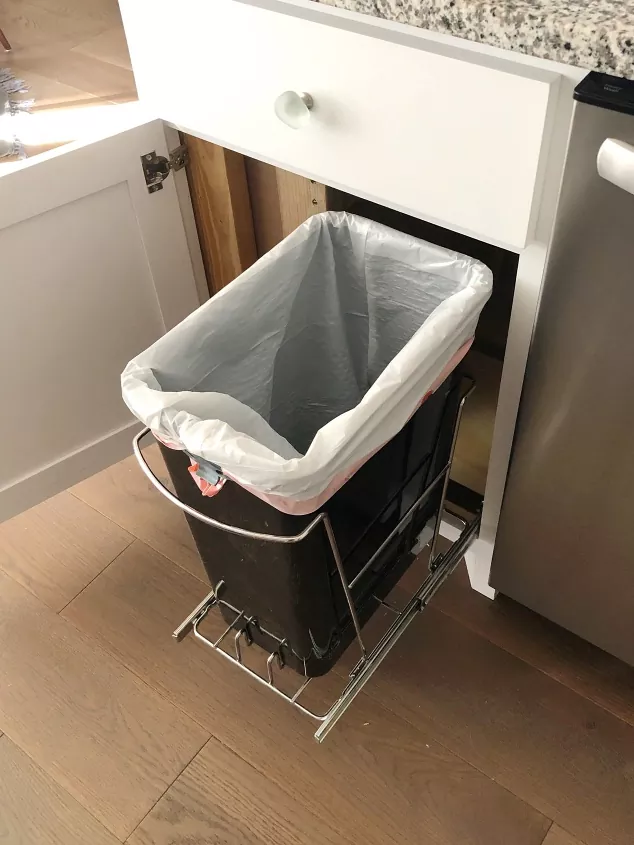

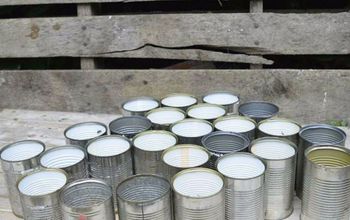

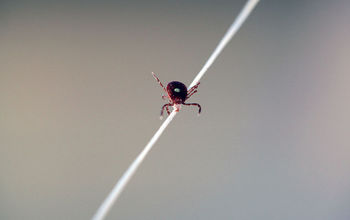

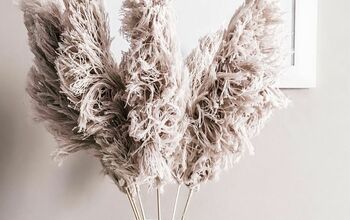

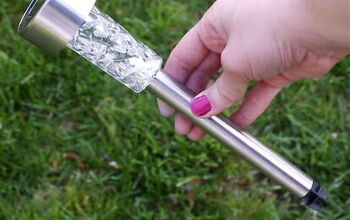

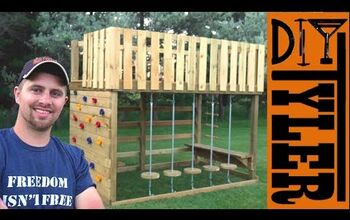





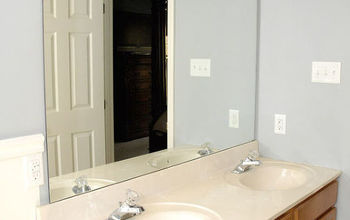

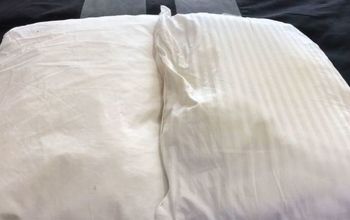



Frequently asked questions
Have a question about this project?